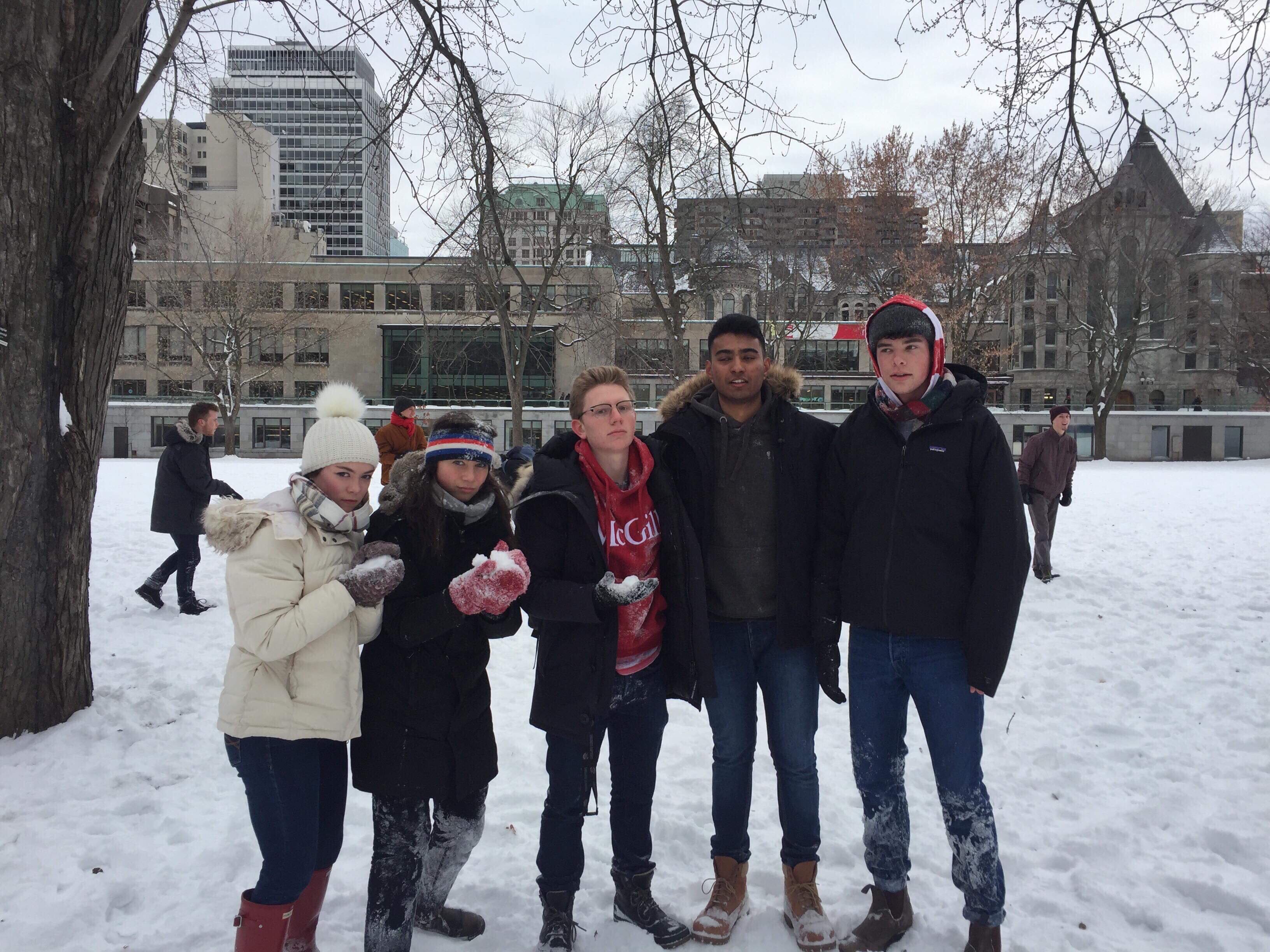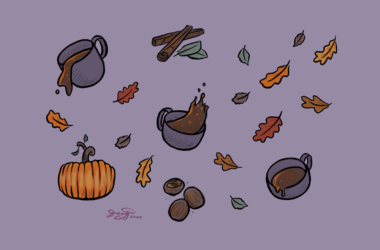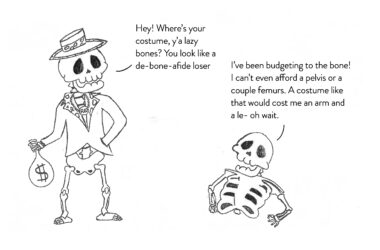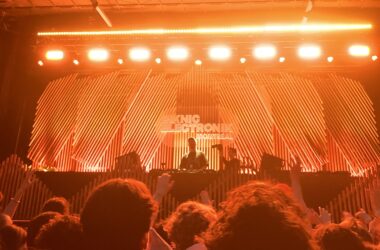As the clock struck 2 p.m. on Nov. 23, two teams—one representing Great Britain and the other France—battled in a historically-inspired snowball fight on McGill’s Lower Field to commemorate the 203.5-year anniversary of the Battle of Waterloo. The event recreated the classic story of English heroism and French defeat, reenacted with students’ preferred weaponry: Snow. At a university with significant anglophone and francophone populations, the historical battle seemed all too appropriate.
Colin Jacobs, U2 Arts, started organizing the event a week prior to the showdown, advertising the snowball fight on Facebook as “The Battle of Waterloo but with, like, snow.” Jacobs explained that he wanted to stage a snowball fight and give it an amusing title to attract people to the seemingly-absurd event.
“I wanted to throw a snowball fight,” Jacobs said. “I figured that the Battle of Waterloo was easy enough to divide up by sides, so it would be fun.”
Jacobs denies a direct connection to the historical event, but stated rather that it was chosen as a theme for the afternoon. His purpose for organizing the event was to provide a ridiculous premise to get people together and have fun.
Participants from Great Britain and France were given the first choice to fight for their countries of origin. In keeping with the event’s farcical tone, those remaining were allocated to teams based on their star signs.
Initially, Jacobs did not know if anyone would turn up to the event. Although over 400 people expressed interest on the event’s Facebook page, he doubted there would be a significant showing. Despite these fears, 20 supporters showed up to the snowball battle.
For a while, the teams were locked in a stalemate, but after 20 minutes of on-and-off fighting, the British team overwhelmed the French. Perhaps, the historical Battle of Waterloo presaged this victory in which the British vanquished Napoleon’s army.
“It was all because of my brilliant strategizing, or so I’d like to think,” Larissa Godin, U1 Science and British soldier, said.
In the final moments of the snowball fight, the British side overran the French and defeated their leader, Jacobs, by dividing and conquering. When surrounded by the British side, Jacobs retaliated by tackling the French team. Jacobs, who the British team cast as the de-facto Napoleon-figure during the confrontation, argued that it was the cold that brought the battle to an end.
“I figure everyone stopped when it got too cold to continue fighting,” Jacobs said.
Finn McCleary, U1 Arts, also on the British side, recounted the combat.
“It was quite the battle,” McCleary said. “At first we outnumbered the French twofold. But, their reinforcements came. However, we were strategic and knew if we took down Napoleon [Jacobs], the French would fall. So, we took down Napoleon, literally.”
It was a bleak grey day with a chill in the air. The terrain was treacherous with the snow on the ground, making it difficult for the teams to advance. On the French side was Christiane-Marie Cantwell, U1 Arts, who felt that the weather was not optimal. By the conclusion of the event, participants were tired and weary.
“The snow was not ideal, but we made do,” Cantwell said. “We fought long and hard until the […] end.”








